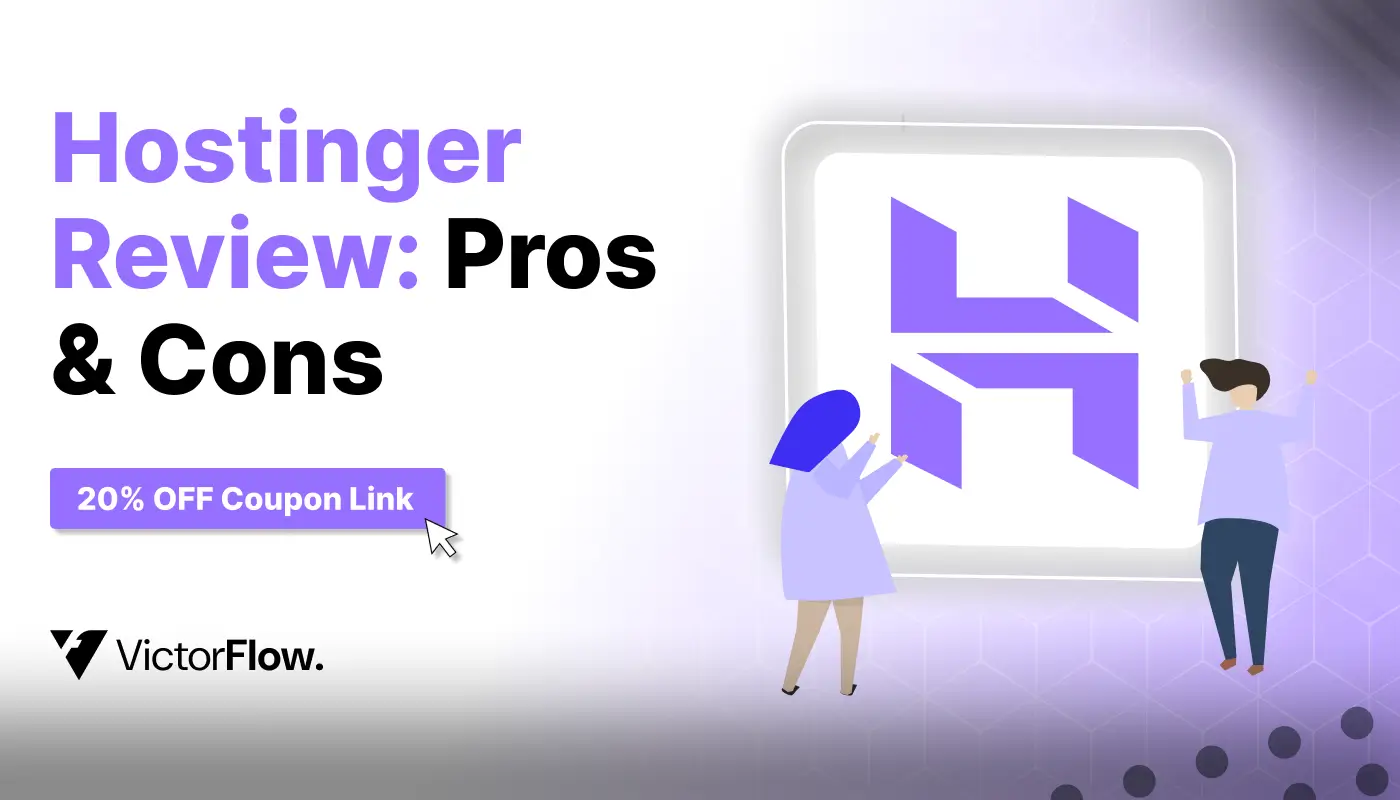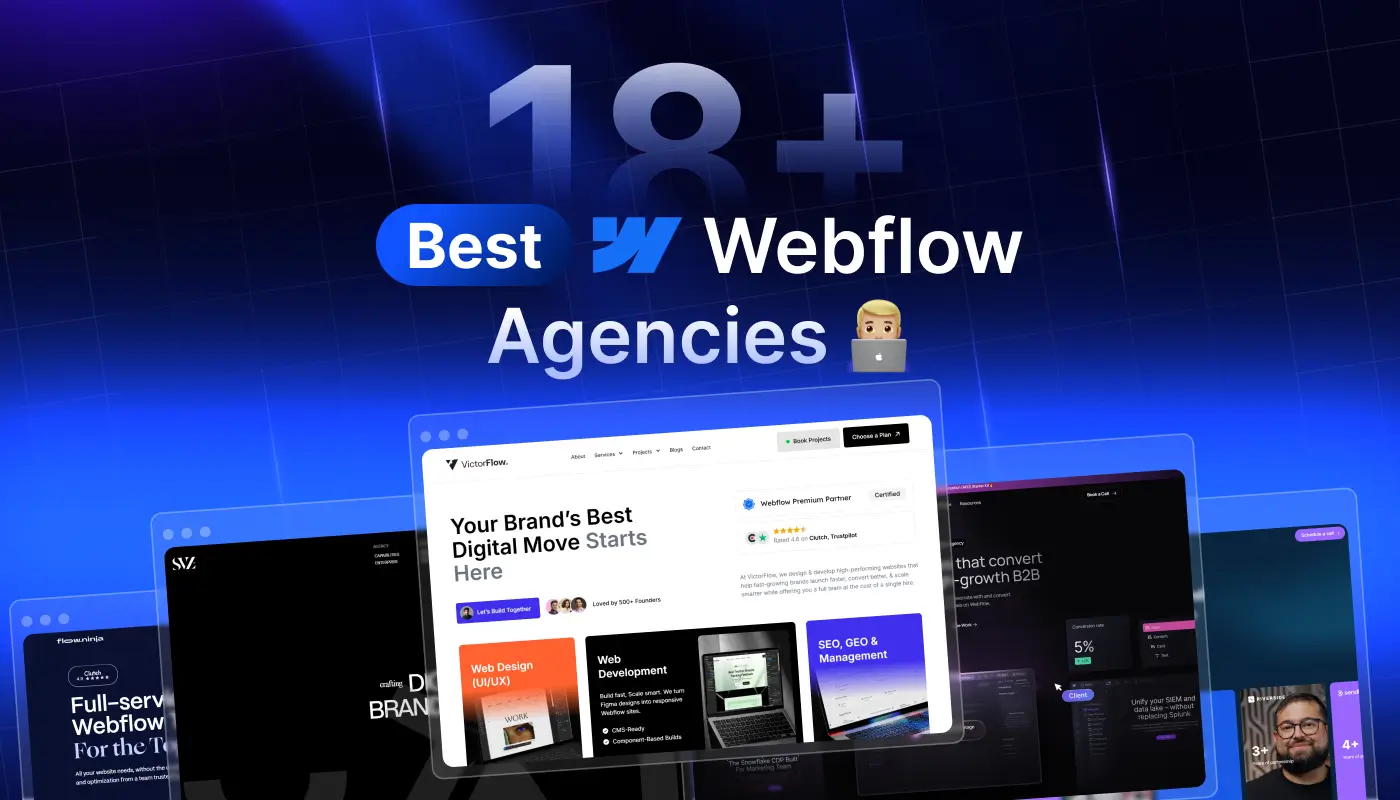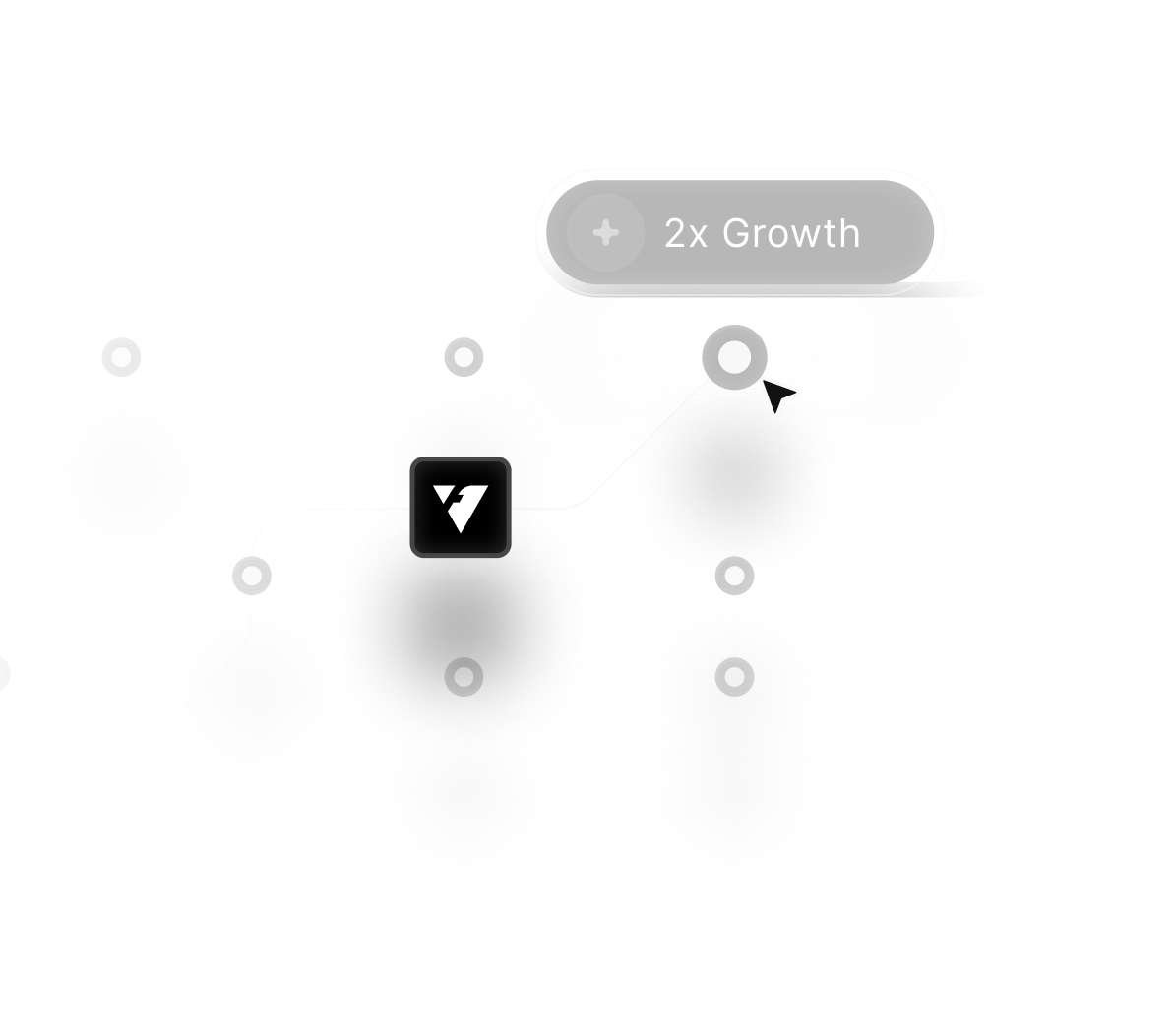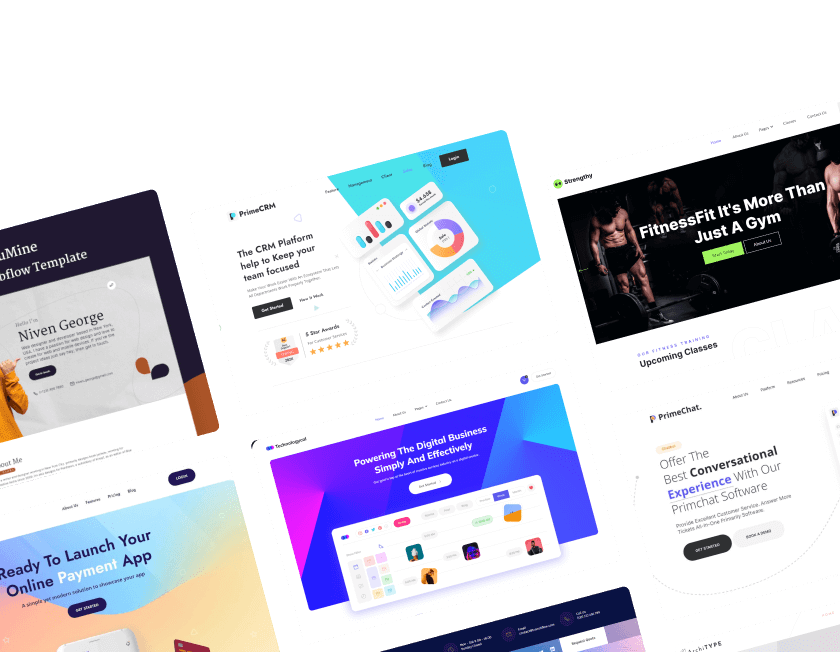
A SaaS business offers scalable solutions that meet changing demands in today’s fast-paced market. Understanding customer problems helps in building products that are essential and highly usable.
A clear revenue model ensures sustainability and attracts investors for long-term growth. Technical tools need to be flexible to support scaling without disrupting the user experience.
Proper onboarding strategies enhance adoption rates and help customers achieve success quickly. Monitoring performance allows teams to refine features and align the product to evolving needs.
Strong marketing channels are required to reach the right audience and gain early traction. Feedback loops play a critical role in improving functionality and boosting customer satisfaction.
Security measures and data privacy must be considered from the start to build trust. Persistence and adaptability help SaaS businesses thrive in competitive environments year after year.
"Drive adoption and customer success through smarter strategies.
Schedule your SaaS success consultation now."
Table of Content
- Victorflow: Developing Customer-Focused Business Automation SaaS
- Understanding the Concept of SaaS Companies
- 8 Steps for a Successful SaaS Company Launch
- Improve your business idea and its compelling value proposition
- Familiarize yourself with your audience
- Establish objectives for the future
- Select a pricing structure
- Outline a plan for your SaaS business
- Test the Waters: Create a Prototype to Prove Your Concept
- Initiate promotional initiatives
- Assess and adapt growth strategies - The Best Recommendation for Starting a Successful SaaS Company
- Starting a SaaS Company in 8 Steps
1. VictorFlow: Developing Customer-Focused Business Automation SaaS
VictorFlow, a rising star in the SaaS industry, has been turning heads with its innovative approach to business process automation. Leveraging cutting-edge technology and user-friendly interfaces, VictorFlow streamlines complex workflows, empowering businesses to boost productivity and efficiency.
- The company's commitment to delivering top-notch solutions is evident through its robust suite of products designed to meet diverse business needs.
- One key factor behind VictorFlow's success lies in its customer-centric approach. By actively engaging with clients and gaining valuable insights into their pain points, VictorFlow crafts solutions that tangibly address real-world challenges, distinguishing the company within the competitive SaaS landscape.
- Additionally, with a focus on continuous improvement and regular updates to adapt to changing market demands, VictorFlow remains at the forefront of innovation.
- Furthermore, from seamless integrations to intuitive UX designs, VictorFlow prioritizes simplicity without sacrificing functionality.
This strategic balance resonates well with today's businesses seeking scalable and adaptable SaaS solutions. As the SaaS space continues to evolve rapidly, 17+ years of experience VictorFlow stands ready to lead by example in shaping the future of business automation through forward-thinking technology and unwavering dedication to customer satisfaction.
2. Understanding the Concept of SaaS Companies
A SaaS company delivers software services over the internet, storing applications on the cloud for user access. Typically, customers pay a subscription fee to use this software, granting them access from anywhere to the internet.
In recent years, SaaS has gained popularity due to its scalability and reduced initial costs, aligning with many businesses' shifting toward cloud-based operations.
Common SaaS types include CRM, HR, and accounting software, offering flexible and cost-effective solutions. This innovation has the potential to revolutionize traditional software services by providing more adaptable options for businesses seeking software solutions.
3. 8 Steps For a Successful SaaS Company Launch
Many founders are eager to expedite their business's entry into the market. While there's value in early launches and receiving user feedback, a strategic approach to product development and market entry is crucial. The entire process may seem daunting for any SaaS startup founder. To alleviate the overwhelm, we'll simplify it into eight manageable steps.

- Improve your business idea and its compelling value proposition
A valuable product idea is deeply rooted in addressing genuine market needs. This rings true for SaaS applications as well. Your product should cater to an existing market demand or resolve a specific challenge faced by users or businesses. It's vital to distinctly articulate the value your application brings to users.
Clarity is key. Avoid stubbornly holding onto your initial business idea; instead, remain flexible to refine it as you gather more information. Successful businesses adapt based on real market insights rather than relying solely on gut instincts.
Not sure about the clarity and uniqueness of your business idea and what sets it apart? Take a moment to ponder these:
- Can I convey my product in under 10 seconds?
- Does my value proposition shine in a crowd of competitors?
- Is my business idea striking a chord with my target customers?
- Can I substantiate my business idea with tangible data?
- If someone else pitched your business idea, would it compel you to invest?
Perfecting your business concept and value proposition often intertwines with grasping your target audience. Blend steps 2 and 3—they complement each other. As you delve into your market, revisit honing your idea and value proposition.
Devoting effort to fine-tuning your concept and value proposition stands as a foundational move towards crafting a thriving SaaS enterprise.
- Familiarize yourself with your audience.
Once you've fine-tuned your business concept, the next crucial step is understanding your target market. As a SaaS company, a comprehensive understanding of your audience enhances your ability to refine your business plan effectively. Collecting extensive information about your target market, encompassing their interests, values, and challenges, is essential. Here are some strategies to acquaint yourself with your target market:
1. Engage with potential customers
Utilize surveys, interviews, or focus groups to directly communicate with members of your target market. This form of research may entail some expenses, but the insights gained are invaluable for better comprehending the audience you aim to reach with your SaaS company.
2. Examine your competitors
Analyze their target audience and strategies for reaching them. While this is a straightforward initial approach to grasp your target market, exercise caution not to presume that your competition is targeting the same market as you. It's also important to recognize that they may not have conducted comprehensive, data-backed research in their pursuits.
3. Employ market analysis tools to gain insights
Explore demographic information, industry analyses, and various data reservoirs to enhance your grasp of your target audience.
4. Explore online forums such as Reddit and Quora
These platforms offer direct glimpses into the queries and trending topics within your target audience. Even without direct surveys, you can gauge the concerns and subjects people are actively discussing.
5. Consult with professionals
Engage in conversations with industry experts, analysts, and consultants to glean valuable insights into your target market. If direct interviews aren't feasible, this approach serves as an excellent alternative for collecting essential data. Industry experts often possess a distinctive perspective on the challenges, values, and preferences of specific demographic groups.

Streamlining your market research involves breaking it into manageable parts, as sourcing and documenting each type of information demands substantial time and effort. Crafting a robust research plan includes outlining the questions you aim to address. To kickstart your journey, here's a series of queries frequently pondered by many SaaS enterprises before product development:
- What company sizes are in your scope? Small, mid-size, or large?
- Which stage companies are you targeting? Early startups, venture-based, or established firms?
- Are public sectors, government, or non-profits part of your target?
- Specifically, which industries are you aiming for?
- What job titles define your target customers?
- Are the decision-makers and users of your SaaS product the same individuals?
- What are the primary concerns or challenges faced by your target customers?
- What rank as the top priorities for your target customers?
- What SaaS software or applications are already prevalent among your target customers?
- How tech-savvy are your target customers?
- Do your target customers predominantly use mobile or desktop applications?
- How do your target customers typically spend their free time?
- Establish objectives for the future.
SaaS business idea and ample target market data, it's time to establish goals, particularly long-term ones, for your new venture.
Long-term goals cast a vision for your business, projecting intentions 5, 10, or even 20 years down the line. They demand a broader perspective, focusing on the larger narrative. While short-term goals might seem more attainable, setting early long-term goals shapes team culture, staffing approaches, customer interactions, and resource allocation.
The early stages set the culture and business focus, making it challenging to alter later. The initial message conveyed to investors and the initial team becomes ingrained. Ignoring a long-term roadmap risks short-sighted decisions misaligned with your ultimate business direction.
Throughout this process, remember to define your target market and the voids your SaaS company fills for them. Once clarified, you can establish more targeted and specific goals for your company.

Aspiring to lead the SaaS market demands Setting corresponding goals. These might entail reaching specific revenue targets within defined periods or acquiring a certain customer volume.
Ensure your goals adhere to the SMART principle—specific, measurable, achievable, relevant, and time-bound. These criteria act as guiding pillars, steering you toward your long-term vision for your SaaS enterprise while keeping you on the path of progress.
- Select a pricing structure.
As you launch a SaaS company, selecting a pricing model becomes pivotal. This model delineates how your business generates revenue by offering software services to customers.
It's crucial to delve into extensive research: understand both customer expectations in your target market and what aligns effectively with your business strategy. Striking the right balance between these facets can prove challenging.

This model dictates how your business earns revenue through providing software services to customers. Thorough research is key: comprehend customer expectations in your target market and align them with your business strategy. Balancing these factors can present a significant challenge.
Membership
This pricing model reigns as the most prevalent among SaaS companies. Under a subscription approach, customers pay a recurring fee for software access, choosing between monthly, quarterly, or annual payment intervals. Longer subscription commitments often prompt companies to offer discounts, encouraging extended customer loyalty.
Utilization
In a usage-based model, charges align with the software's usage. This could involve payment based on user count or the client's storage space. Common among cloud-based services, this model frequently complements a standard subscription model.
Functionality
A feature-based model involves payment for specific software features. While less common, it suits companies offering unique features or those opting for a customizable, à la carte pricing approach.
Many SaaS companies blend these three models to cater to diverse customer needs. Customized pricing models for individual clients are also an option. After selecting a pricing strategy and setting a price, regular reviews are crucial to ensure alignment with costs and the software's value proposition.
- Outline a plan for your SaaS business.

Crafting a business blueprint proves vital for tech startups aiming to secure investments. Although there's no universal template for a tech startup's business plan, successful plans typically encompass certain essential elements:
- Summarize the company
- Identify market opportunities
- Outline product/service details
- Strategize marketing and sales
- Highlight team and management
- Set key milestones
- Construct a business model & financial plan
Creating a vivid portrayal of your SaaS business model and value proposition aids in securing funding. Additionally, it serves as a valuable reference for legal and tax considerations during your business launch. Regularly revisit and update your business plan to align with evolving business dynamics.
- Test the Waters: Create a Prototype to Prove Your Concept
Start Strong: The Power of a Minimum Viable Product (MVP) for Startups. Crafting an MVP isn't just about validating your idea—it's about tapping into real user insights and enhancing your product's blueprint. Embraced by software development teams, iteration thrives on the MVP's core essence.
Launching a product version initiates a cycle of refinement, using the MVP's insights to shape subsequent versions.

Considerations for MVP Creation:
Simplicity is key.
The aim is to trial your idea with a basic version. Some opt for a prototype even simpler than an MVP. The goal is to avoid delaying user access due to perfectionism or unnecessary add-ons. Prioritize simplicity in your MVP.
Emphasize Your Core Value:
Identify the primary benefit your product offers to users. Prioritize this above all else initially. Additional features can come later. If your MVP delivers this central value, it's a success.
Prioritize Your Core Value Proposition:
Identify the primary benefit your product offers users. Start with this core feature and consider adding extras later. A successful MVP hinges on delivering this key value proposition.
Embrace Continuous Feedback:
Engage with users consistently. Understand their preferences, likes, dislikes, and suggested improvements. For any SaaS venture, user input is priceless. Approach feedback with an open mind and a willingness to learn.
Flexibility is Key:
Consider your MVP as a launchpad, not a final product. Stay open to reshaping your offering based on user responses. Ignoring feedback can be detrimental. Allocate resources for refining your SaaS application based on insights gathered.
Creating an MVP is a robust method to validate your startup's concept. It enables real user testing, feedback aggregation, and iterative enhancements. Keep it straightforward, emphasize your core value, and remain adaptable to user insights for the best outcomes.
- Initiate promotional initiatives.
As you prepare to enter the market, it's crucial not to simply launch a website and stop there. Presently, a successful launch necessitates strategic marketing campaigns. Crafting a comprehensive marketing strategy might benefit from expert guidance. While we won't delve into every aspect of a triumphant marketing launch, we'll highlight fundamental steps to initiate your journey.

Before embarking on SaaS development, ensure you've completed prior steps to understand your target market and articulate a clear value proposition. This groundwork is crucial for constructing a marketing plan that resonates with your audience.
Once you've identified your target audience, the next step involves determining how and with whom you'll engage them. At the very least, a well-crafted, user-friendly website is essential. It should offer clear information about your product's purpose and benefits. To effectively convert visitors, integrate compelling calls-to-action that guide them toward additional marketing materials or free trials.
Now, how do you drive traffic to your website? This is where outbound marketing strategies come into play. Consider the channels—both paid and organic—where you can connect with your audience:
Paid Channels:
- Utilizing Facebook Ads
- Leveraging Instagram Ads
- Employing YouTube Ads
- Engaging with LinkedIn Ads
- Utilizing Google Adwords
- Purchasing email lists
- Implementing banner ads
- Exploring influencer marketing
- Utilizing affiliate marketing
Organic Channels:
- Cultivating a social media following
- Establishing an email subscriber list
- Conducting personalized outreach to acquaintances
- Publishing press releases
- Executing content marketing strategies
Experiment with diverse channels to identify the best fit for your audience. Initially, during launch, SaaS companies often leverage a blend of paid and organic methods to maximize reach. As your brand matures, consider minimizing paid media and emphasizing connecting through earned or organic channels.
Unleash creativity and explore unconventional approaches to make your campaigns distinctive. With some innovative thinking, you can launch marketing initiatives that elevate your SaaS company's trajectory.
- Assess and adapt growth strategies.
Once your SaaS company is launched, transitioning into the growth phase requires an in-depth review of your launch data. Cultivating a mindset of continuous iteration and expansion is pivotal for sustained success.
Begin by thoroughly analyzing your go-to-market launch data. Expect imperfections—your product might not be final, and there might be negative feedback or unsuccessful marketing efforts.
Comb through the available data for insights into potential improvements. Some issues might be evident, while others may surface through the data. This presents an opportunity to learn from your initial endeavors, refining your business model, SaaS products, and marketing strategies accordingly.
Key questions to consider at this stage include:
- How has the market responded to your SaaS product?
- What consistent feedback are users providing?
- Which marketing channels demonstrated success, and which ones fell short?
- What messaging resonated most with users?
- What feature requests are predominant?
As you address early user feedback, your business goals may evolve, necessitating a reevaluation of growth strategies. Consider aspects like potential hiring needs, training requirements for existing staff, securing additional investors, and optimizing processes to facilitate maximum growth for your SaaS business.
Identifying functional business processes and recognizing growth impediments are crucial steps. By employing these strategies and honing in on the right inquiries, you pave the way for the scalable growth of your SaaS venture.
4. The Best Recommendation for Starting a Successful SaaS Company
Streamline Development:
Begin with a small, dedicated team managing all project aspects, focusing on automation, simplicity, and quality to optimize the SaaS application's development.
Automate:
Emphasize automation in the development process, including continuous integration and testing, for faster, bug-free feature releases.
Simplify Code:
Keep the codebase straightforward, avoid unnecessary complexity, and manage scope creep with vigilant project management.
Prioritize Quality:
Ensure clean, well-tested, stable, and scalable code for a superior application.
Deliver Immediate Value:
Concentrate on meeting customer needs and preferences from the outset to enhance their experience and maintain focus on value delivery.
Stay Adaptable:
Be prepared to pivot and adjust strategies as the business evolves. Flexibility, scalability readiness, continuous industry monitoring, and agility are key.
Constantly Monitor the Industry:
Keep an eye on industry changes to anticipate shifts and adjust plans accordingly.
Stay Agile:
Build a team and processes that allow for rapid adaptation to changes, prioritizing agility, especially in the early stages of the business.
5. Starting a SaaS Company in 8 Steps
- Establish Long-Term Goals
- Refine Your Business Idea and Value Proposition
- Understand Your Target Market
- Choose a Pricing Model
- Develop a SaaS Business Plan
- Validate Your Idea with an MVP
- Launch Marketing Campaigns
- Analyze and Adjust Strategies for Growth
Remember, maintaining a lean and agile development process helps control costs and accelerates feature releases. Prioritizing customer experience keeps your team focused, and fostering adaptability ensures readiness for changes in expectations and requirements. Starting a SaaS company is ambitious, but following these steps can set you on the right path!
Conclusion
Construction a product that addresses actual client issues is made easier with a strong SaaS approach. Investing in user experience ensures better adoption and long-term satisfaction from clients.
Flexible tools make it easier to scale the platform as demands grow and evolve over time. Tracking metrics helps uncover insights and refine features to meet customer expectations.
Marketing efforts create awareness and attract the right audience early in the journey. Listening to user feedback fosters improvements and builds trust among your customer base.
Security practices enhance credibility and ensure data protection for your growing audience. Consistency and adaptability are key traits that lead to sustainable SaaS growth in 2025.

FAQ
1. What is the first step when creating a SaaS business?
Identifying a customer problem and crafting a solution that addresses real pain points is the first step.
2. How important is pricing in SaaS success?
Pricing plays a crucial role in attracting customers while ensuring profitability and long-term sustainability.
3. What role does customer feedback play in product development?
Feedback helps refine features, fix issues quickly, and build trust through continuous improvements.
4. How can startups ensure scalability from the beginning?
Implementing flexible architecture and monitoring user behavior allows scaling without disruptions.
5. Why is security important in SaaS platforms?
Security builds credibility and protects sensitive data, which is essential for customer trust and compliance.
6. How can marketing contribute to SaaS growth?
Effective marketing strategies increase awareness, drive early adoption, and connect products with target users.
Table of Contents
Choose Our Service, Grow Fast!
Follow Us
Related Posts

December 26, 2025
Unlock the best Industry Framer templates in 2025 to highlight business solutions, product catalogs, and service offerings in structured, polished pages.
Unlock the best Industry Framer templates in 2025 to highlight business solutions, product catalogs, and service offerings in structured, polished pages.


December 26, 2025
Hostinger Review 2026: Find pros, cons & a valid 20% OFF coupon! Get a discount on web hosting or VPS hosting. Exclusive coupon code inside!
Hostinger Review 2026: Find pros, cons & a valid 20% OFF coupon! Get a discount on web hosting or VPS hosting. Exclusive coupon code inside!


Want to create a Webflow website? We review the leading Webflow design and development agencies that can help you achieve great results.
Want to create a Webflow website? We review the leading Webflow design and development agencies that can help you achieve great results.

Ready to Scale Your Project to the Next Level?
Let's take your project to new heights, reach out and see how we can help you.




















